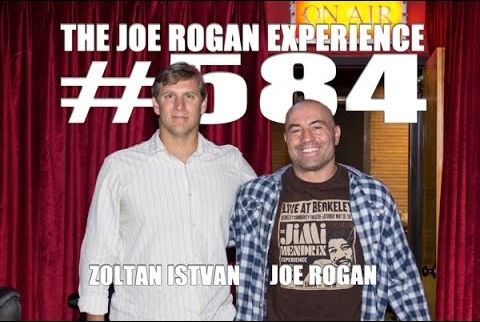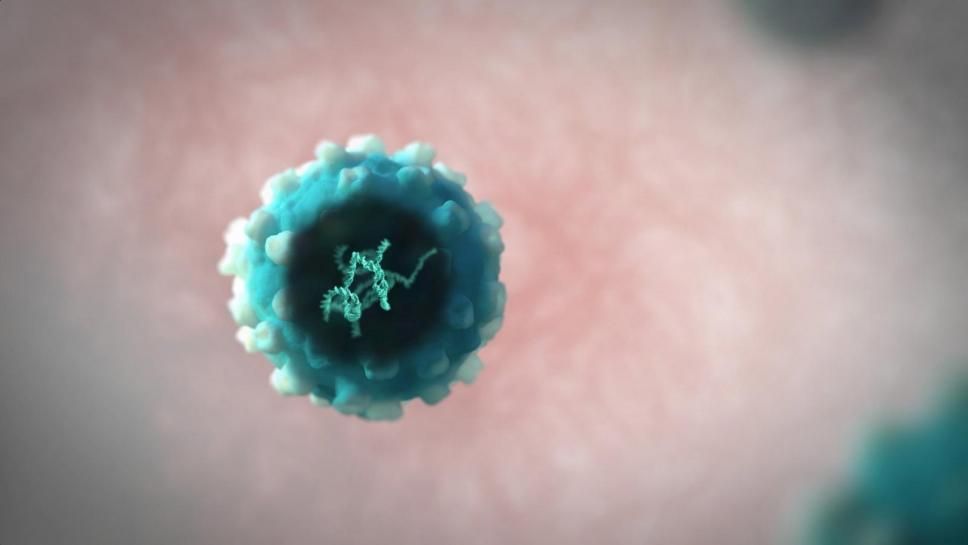Page 10994
Apr 2, 2016
Bamboo and mesh tower collects 100 liters of drinking water per day from the air
Posted by Shailesh Prasad in category: futurism
Apr 2, 2016
The Bernie Sanders Phenomenon and Transhumanism
Posted by Zoltan Istvan in categories: business, computing, economics, employment, geopolitics, mathematics, robotics/AI, transhumanism, virtual reality

https://youtube.com/watch?v=9grWo5ZofmA
A lot of transhumanism friends have asked me to write about Bernie Sanders, so here are my thoughts:
The transhumanism movement has been dramatically growing in size—and most of that growth is from millennials and youth joining. Transhumanists want to use science and technology to radically improve the human race, and the onslaught of new gear and gadgets to do that—like virtual reality, robots, and chip implants —are giving them plenty of ammunition to do that.
Continue reading “The Bernie Sanders Phenomenon and Transhumanism” »
Apr 2, 2016
Europe gives green light to first gene therapy for children
Posted by Shailesh Prasad in categories: biotech/medical, genetics
LONDON The world’s first life-saving gene therapy for children, developed by Italian scientists and GlaxoSmithKline, has been recommended for approval in Europe, boosting the pioneering technology to fix faulty genes.
The European Medicines Agency (EMA) said on Friday it had endorsed the therapy, called Strimvelis, for a tiny number of children with ADA Severe Combined Immune Deficiency (ADA-SCID) for whom no matching bone marrow donor is available.
Around 15 children a year are born in Europe with the ultra-rare genetic disorder, which leaves them unable to make a type of white blood cell. They rarely survive beyond two years unless their immune function is restored with a suitable bone marrow transplant.
Apr 2, 2016
‘Machine learning’ is a revolution as big as the internet or personal computers
Posted by Shailesh Prasad in categories: computing, internet, robotics/AI
Apr 1, 2016
Brainstorming New Ways To Test If Cosmos Is One Big Computer Simulation
Posted by Bruce Dorminey in categories: computing, space
Blast from the past. Someone in an astrobiology group seemed to question the validity of the question in my recent story on 5 Questions For E.T. about whether the universe is artificial. Here’s my response:
In the dog days of summer, when a gush of hot air from a Fifth Avenue subway grate can feel as real as it gets, take heart that the downtown traffic nipping at your heels may just be part of a cosmic-scale computer simulation.
The idea that the cosmos and everything in it could be a super-advanced civilization’s version of Xbox first came to the fore a little over a decade ago.
Continue reading “Brainstorming New Ways To Test If Cosmos Is One Big Computer Simulation” »
Apr 1, 2016
Artificial intelligence steals money from banking customers
Posted by Aleksandar Vukovic in categories: computing, economics, humor, robotics/AI
However, Rob Ott, a computer scientist at Stanford University in Palo Alto, California, who did work on the system—Deep Learning Interface for Accounting (DELIA)—notes that it simply held all of the missing money, some $40,120.16, in a “rainy day” account. “I don’t think you can attribute malice,” he says. “I’m sure DELIA was going to give the money back.”
Technologists shocked by program’s ability to set its own priorities—such as getting rich.
Apr 1, 2016
Rivers of stars could point to cold dark matter in the Milky Way halo
Posted by Andreas Matt in categories: cosmology, physics
Apr 1, 2016
We Have a New Way To Create Super-Efficient Liquid Batteries
Posted by Klaus Baldauf in category: materials

The inventors of liquid metal batteries give their original creation an upgrade using calcium, an abundant and inexpensive element.
With his latest upgrade to liquid metal batteries, there’s no better (and indeed, more apt!) way to describe MIT Professor and materials engineer Donald Sadoway than to say that he just keeps going and going and going…
Apr 1, 2016
Researchers have worked out how to mind control cockroaches
Posted by Amnon H. Eden in categories: engineering, neuroscience, robotics/AI
In a video presented at IEEE Robotics and Automation Society’s annual conference, Chinese engineering students guide a living cockroach along S-shaped and Z-shaped paths using brain-to-brain interface: a bluetooth electroencephalogram (EEG) headset, translated and wirelessly sent to an electronic backpack receiver attached to the cockroach. The electrical impulses then stimulated the antennae nerves of the cockroach through a microelectrode implanted into its head. Watch the video released:
(Announced 16 June 2015 but only just came to our attention. And no, this is not April Fools post.)















